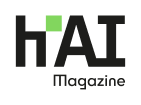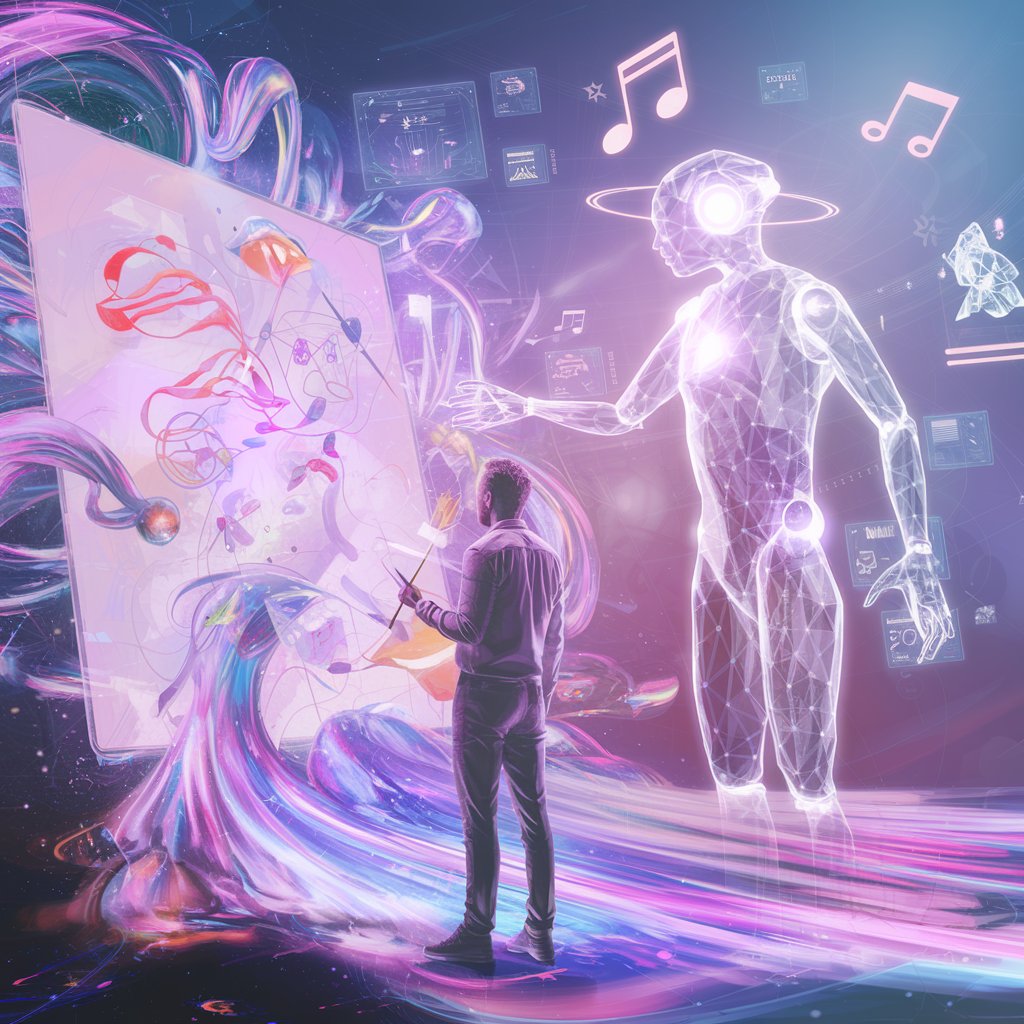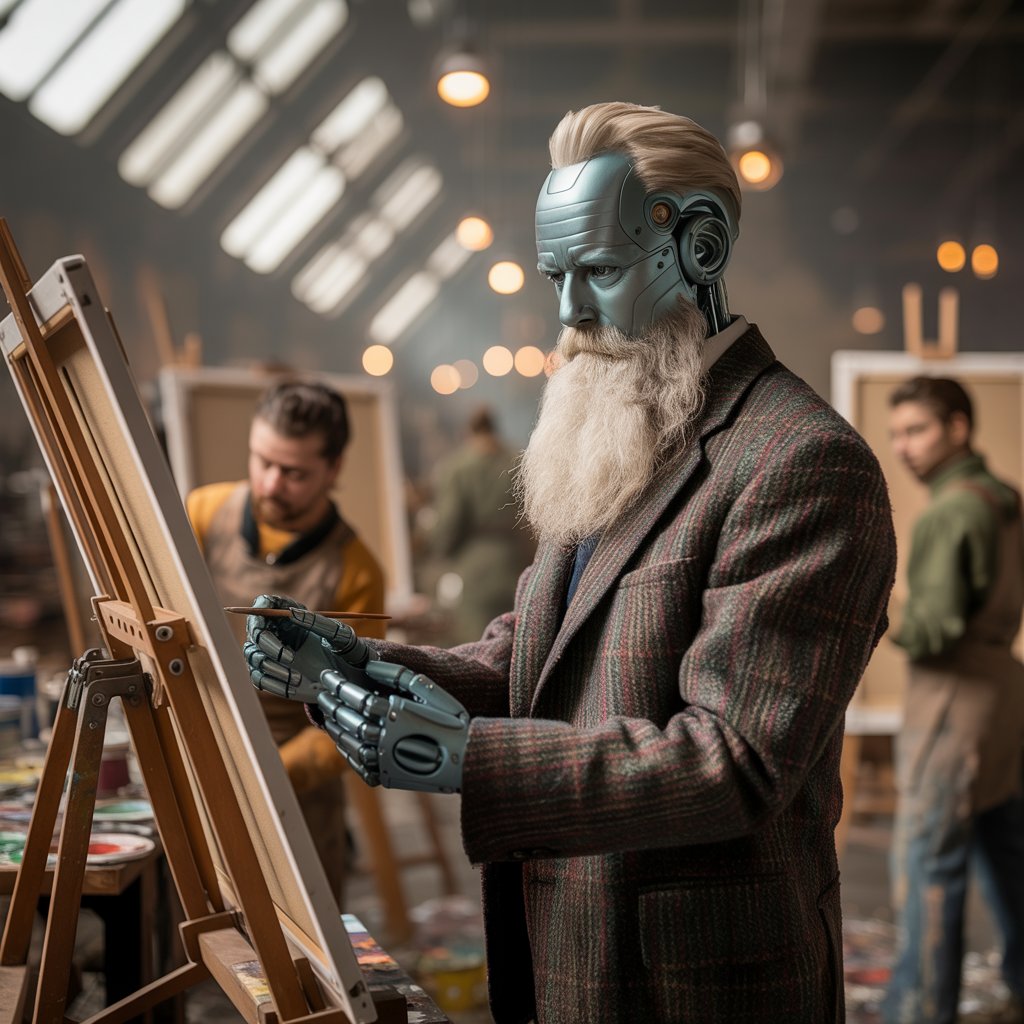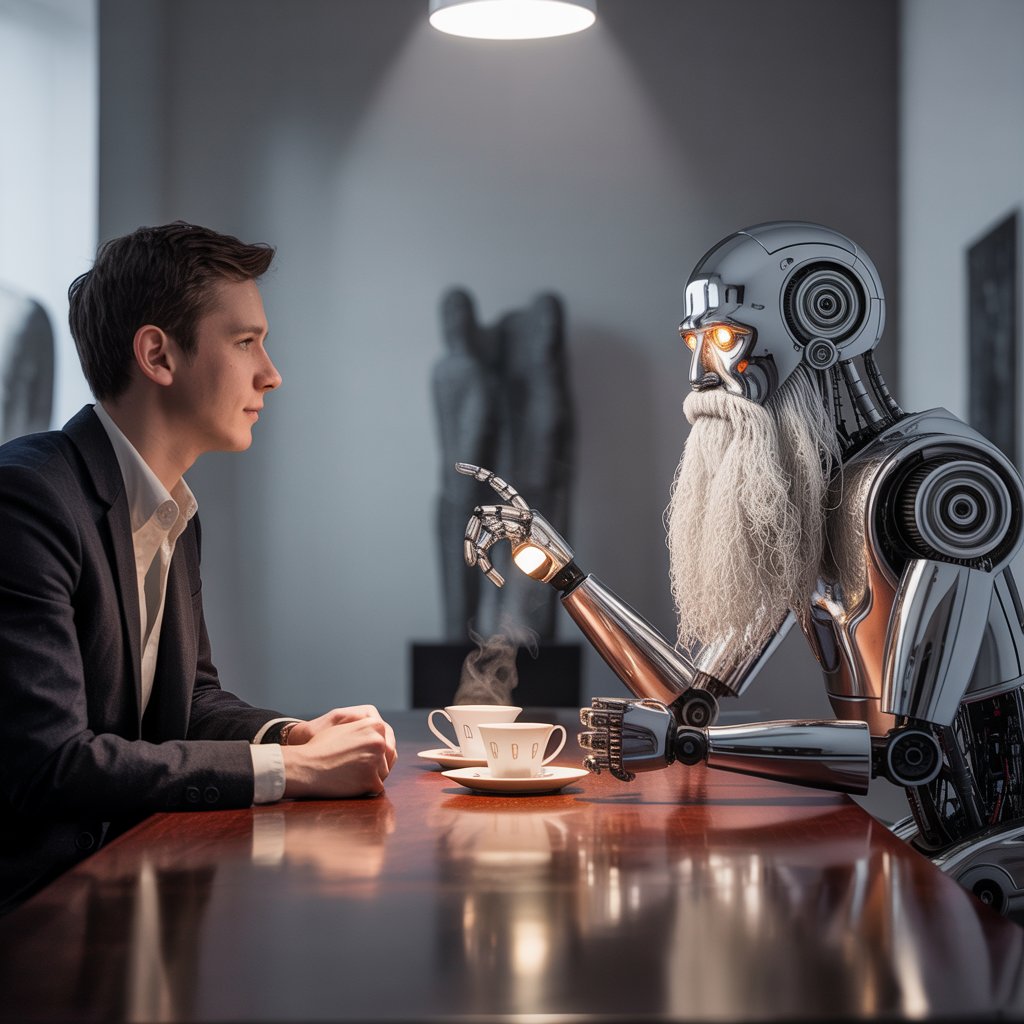In my previous article, I discussed the dark side of the success of generative artificial intelligence, namely the use of artists’ work to train models without proper consent or compensation. AI enthusiasts keep arguing that this technology will unlock entirely new depths of human creativity. It will inspire artists and creators to experiment with different forms of expression. It will streamline and enhance the efficiency of creative processes, and also enable the discovery of previously unknown perspectives by transcending the boundaries of traditional creation methods. However, its impact on the job market in the creative industry is a completely different kettle of fish.
In the publication “Generative AI: winners and losers. Early evidence of shifts in freelancer demand” (January 2025), we can read that there’s already a noticeable decrease in job market listings. On the other hand, the size of budgets allocated by employers for contracts hasn’t changed significantly. This suggests that companies are still investing in creative services, but in a different way: individual assignments, which are priced much higher, focus on more complex tasks that often require human-AI collaboration.







